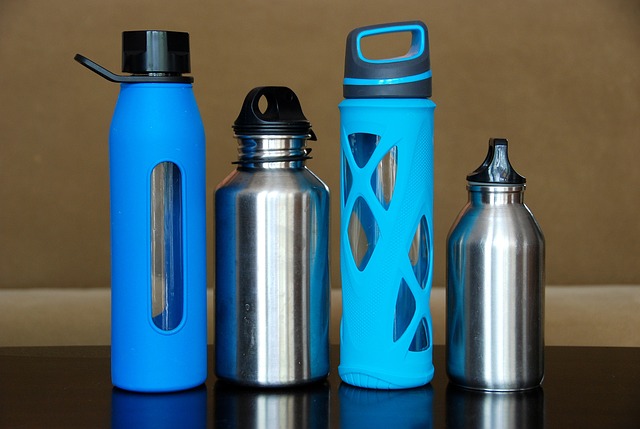Maintaining an adequate level of hydration is one of the most important things athletes competing in long distance events such as triathlon need to do to ensure optimal performance.
This is especially true in Australia, where much training is completed during the warmer Summer months.
It is well known that even small fluid losses of just 1-2% of body weight, which can be as little as ½ kilogram in lean, small framed triathletes can significantly impair performance.
Unfortunately, we cannot necessarily rely on the body to tell us when we need to drink. Thirst is a relatively poor indicator of hydration status, and by the time dizziness or confusion has begun, serious dehydration has already occurred.
Individuals can have quite different fluid requirements, which can make it difficult to make universal recommendations on the amount of fluids different athletes need to consume. One easy way to infer your hydration status is to check the colour of your urine.
If it is yellow, you have not been drinking enough. Clear urine indicates you are adequately hydrated, although keep in mind that caffeine containing drinks may also turn your urine clear.
The best way to monitor your fluid losses is to get into a habit of weighing yourself before and after a session. Remember it is important to account for any food or fluid you have consumed while exercising.
A kilogram of weight loss represents 1 litre of fluid lost. In order to rehydrate effectively, you need to replace 1 ½ times the amount of fluid lost. For example, if you have lost 1 litre of fluid, you will need to drink 1.5L of water.
Water is a good choice of fluid and usually the preferred option for athletes.
Sports drinks such as Gatorade, Powerade and Staminade have the added benefit of containing small amounts of carbohydrate for fuel and the electrolytes sodium and potassium which are lost in sweat.
Remember, it is vital that some sort of carbohydrate is consumed in high intensity events longer than 90 minutes, as the body only stores enough glycogen for about 90 minutes of intense exercise.
For this reason sports drinks can be used very effectively during triathlons to restore fluid losses while acting as a source of glucose.
Studies have shown that sports drinks tend to be consumed in larger amounts than water alone due to their slightly salty flavour. The electrolytes in sports drinks also help to optimally restore fluid balance in the body.
The day before a big race is an important time to focus on optimal fluid balance for long distance events. It has been shown that “fluid loading” the day before a big race can help the body retain slightly more fluid than it usually does.
While it is important that you do not go to extremes, a slight increase ie 3 litres instead of 2 is more than enough.
Aim to consume ~ 250-500 mls of fluid in the hour or so in the last half an hour before an event. It has been shown that consuming this fluid “bolus” can help in maintain hydration.
Some people are able to tolerate fluid right up the start of a race while others prefer to have nothing for some time prior to the start. It is a personal choice, so practice to determine what works best for you.
While this preparation is important, perhaps the most important thing of all is to replace fluid at every opportunity during the event.
Organise the right mix of sports drinks and water for your bike and run leg because there is nothing worse than a late cramp in the run leg which may have been prevented with a little sports drink earlier on.
You can find much more information on living a holistic lifestyle in these free magazines and on our YouTube channel.
Susie Burrell – Nutrition & Diet Advice






